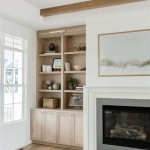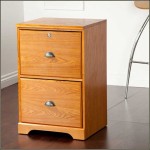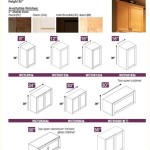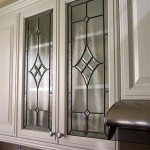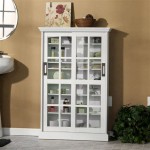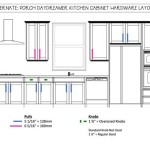How Much Does it Cost to Paint Kitchen Cabinets?
Kitchen cabinets are a significant part of your home's interior design. They can make or break the look and feel of your kitchen. If your cabinets are looking tired and outdated, a fresh coat of paint can make a world of difference. But how much does it cost to paint kitchen cabinets?
The average cost to paint kitchen cabinets ranges from $2,000 to $5,000, depending on the size of your kitchen, the condition of your cabinets, and the type of paint you choose. If you have a small kitchen with cabinets in good condition, you may be able to paint them yourself for around $500 to $1,000. However, if you have a large kitchen with cabinets that need to be repaired or replaced, you could end up paying upwards of $10,000 for a professional paint job.
Factors that Affect the Cost of Painting Kitchen Cabinets
Several factors can affect the cost of painting kitchen cabinets, including:
- Kitchen size: The larger your kitchen, the more cabinets you will have to paint, which will increase the cost.
- Cabinet condition: If your cabinets are in good condition, you may only need to clean them and apply a fresh coat of paint. However, if your cabinets are damaged or have peeling paint, you will need to repair or replace them before painting, which will add to the cost.
- Type of paint: The type of paint you choose will also affect the cost. Latex paint is the most common and affordable type of paint for kitchen cabinets. However, oil-based paint is more durable and can provide a more professional finish. Semi-gloss paint is a popular choice for kitchen cabinets because it can be easily cleaned and it is resistant to stains and moisture.
- Professional labor: If you do not have the time or experience to paint your kitchen cabinets yourself, you can hire a professional painter. The cost of labor will vary depending on the painter's experience and the complexity of the job.
Do-It-Yourself vs. Professional Painting
If you are handy and have some experience with painting, you may be able to save money by painting your kitchen cabinets yourself. However, it is important to note that painting kitchen cabinets is a time-consuming and challenging task. If you are not confident in your ability to do a good job, it is best to hire a professional painter.
How to Get the Best Price on Painting Kitchen Cabinets
If you are looking to save money on painting your kitchen cabinets, there are a few things you can do:
- Get multiple quotes: Once you have a good idea of the scope of the project, get quotes from several different painters. This will help you compare prices and find the best deal.
- Negotiate: Once you have a few quotes, be prepared to negotiate with the painters. You may be able to get a lower price if you are willing to do some of the work yourself, such as removing the cabinet doors and hardware.
- Do it yourself: If you are up for the challenge, you can save a significant amount of money by painting your kitchen cabinets yourself. However, it is important to do your research and make sure you have the skills and experience to do a good job.
Painting your kitchen cabinets is a great way to update your kitchen and improve its overall appearance. By following these tips, you can get the best price on a professional paint job or save money by doing it yourself.

How Much Does It Cost To Paint Kitchen Cabinets

How Much To Paint Kitchen Cabinets Professionally Diy Vs Hire A Pro

Kitchen Cabinet Painting Cost 2024

Costs To Paint Kitchen Cabinets Diy Vs Hiring Professional Painters

How Much Does It Cost To Paint Kitchen Cabinets Professionally In Novi Mi
Average Cost To Paint Kitchen Cabinets 2024 Ariel S Home

Cost To Paint Kitchen Cabinets 2024 Data Angi

How Much Does It Cost To Paint Kitchen Cabinets

How Much To Paint Kitchen Cabinets Professionally Diy Vs Hire A Pro

Kitchen Cabinet Painting Cost 2024
Related Posts

